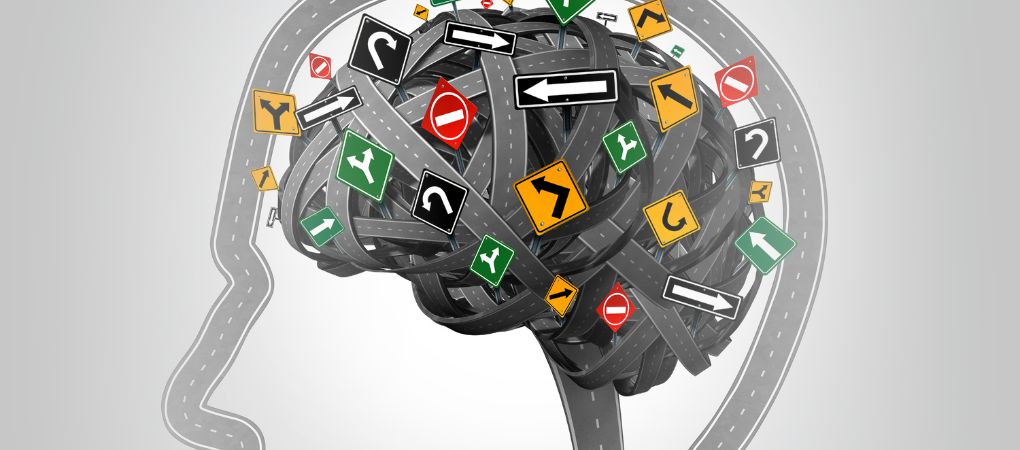Francesca Galiano
|
12/08/2022 - Last update 30/12/2022
Mauro Fornari, Luca Carnevali, Andrea Sgoifo | Year 2017
Single Osteopathic Manipulative Therapy Session Dampens Acute Autonomic and Neuroendocrine Responses to Mental Stress in Healthy Male Participants
Pathology:
Stress
Type of study:
Pilot randomized controlled trial
Date of publication of the study’:
2017/Sep/01

Purpose of the study
- Objective: to evaluate the effects of 1 session of OMTh on the regulation of the autonomic nervous system and of the hypothalamic-pituitary-adrenocortical axis
- Measured outcomes:
- Primary: indexes of the heart rate variability (HRV), namely HF and LF:HF, extracted from the heart rate recording through electrocardiogram (ECG), and salivary cortisol
Participants
- Number: 20 men
- Criteria of inclusion: university students, age 20-30 years, free from long-term pharmacologic therapy, nonsmokers, no history of cardiovascular disease, free from pain or acute symptoms during the previous 72 hours, had never received OMTh
- Groups of study: 2 groups obtained by randomization
- Group 1: OMTh, 10 men (mean age 24.2 years)
- Group 2: sham treatment, 10 men (mean age 24.1 years)
Interventions and evaluations
- The stressor was an arithmetic task (consecutive subtractions) for 5 minutes in front of a committee of three people
- Continuous assessment of the heart rate through 250Hz ECG, before the stressor task, during the stressor task, during the intervention and after intervention
- HF and LF:HF values were derived from the heart rate to assess the sympathovagal balance
- Salivary cortisol assessment the day before the study session on awakening and 30 minutes after waking up, at the beginning of the study session, before the stressor, immediately after the intervention, 15 minutes and 30 minutes after the intervention and the day after the study session on awakening and 30 minutes afterwards
- 1 20-minute session of OMTh or sham treatment
- OMTh: techniques selected by the osteopath on craniosacral regions
- Sham treatment: light touch on the same craniosacral areas treated with OMTh
- Both OMTh and sham treatment performed by an osteopath
- Participants were instructed to abstain from engaging in physical exercise, assuming caffeine or alcohol and smoking in the 24 hours preceding the assessment and intervention sessions, it was also allowed a light lunch at least an hour before the assessment and intervention sessions. Furthermore, the participants were required to abstain from eating, drinking stimulant beverages, brushing their teeth or smoking before the collection of the salivary sample
Results
- Primary outcomes: although in absolute terms there were no differences between the two groups before and during the stressor task and after the intervention, the OMTh induced a lower heart rate, higher HF levels and lower LF:HF levels than sham treatment. The lowest heart rate and LF:HF values were statistically significant, while the highest HF values came very close (p-value=0.56). With regard to the cortisol, however, OMTh induced statistically significantly lower levels of it compared to the sham treatment. Although without statistical significance, however, the day after the study session the sham treatment group showed a reduction in cortisol secretion compared to the day preceding the study session, while the OMTh group showed similar levels over the two days
Discussion
una sola sessione di OMTh sembra aver favorito il recupero del sistema autonomico dopo uno stimolo stressante acuto (ha evitato la durata della prevalenza simpatetica e il ritiro dell’attività vagale), così come aver ridotto la secrezione di cortisolo una volta finito lo stimolo stressante. A single session of OMTh seems to have favored the recovery of the autonomic system after an acute stressful stimulus (it avoided the persistence of sympathetic prevalence and the withdrawal of vagal activity) as well as reducing cortisol secretion once the stressful stimulus was over. In addition, OMTh seems to have prevented the body from suffering from the stressful stimulus reducing the physiological secretion of morning cortisol the following day, keeping it stable instead.
OMTh, therefore, seems to promote a relative vagal prevalence in the sympathovagal balance. Although it was only a single stressor and only 1 session, it is still interesting to see the positive effect on the recovery induced by OMTh, especially in the long term: in a world where stress is often chronic, and where we now have multiple evidence of how this stress can promote cardiovascular problems, an intervention that is able to promote the return to a normal physiological status becomes particularly relevant. In this regard, higher values in the indexes related to the vagal modulation of the HRV and regular cortisol values are linked to better health and a lower risk of cardiovascular disease (and not only). Given the small, male only sample, the results are hardly generalizable.
The review of Osteopedia
By Marco Chiera
StrengthsStrengths: good introduction of the HRV and description of the implementation of the study; good discussion of the results against previous studies and existing literature; the importance of a stress-reducing intervention is rightly highlighted; a reduction that today is often difficult to induce due to continuous stressful factors not allowing the physiological recovery times ultimately generating chronic stress.
Limits: small, all-male sample and therefore non-generalizable results; although the authors report that other HRV indices (eg, the nonlinear ones) are more complicated mathematically and require more powerful computation, nevertheless they are to be considered especially because they are currently proving to be potentially more suitable to describe complex phenomena.

Are you an osteopath?
Register and enjoy the membership benefits. Create your public profile and publish your studies. It's free!
Register now
School or training institution?
Register and enjoy the membership benefits. Create your public profile and publish your studies. It's free!
Register now
Do you want to become an osteopath? Are you a student?
Register and enjoy the membership benefits. Create your public profile and publish your studies. It's free!
Register now







